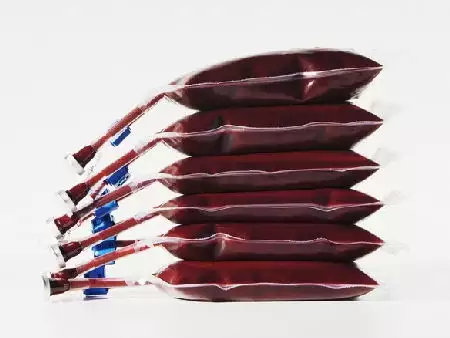The most common childhood anaemia is iron deficiency anaemia. It usually occurs in children under 3 years of age.
There is a decrease in the synthesis of haemoglobin and other iron-containing enzymes due to reduced serum concentrations.
Causes include:
- inadequate iron supply,
- excessive loss of iron
- increased need for iron.
The onset of anaemia proceeds in 3 stages: latent iron deficiency in body stores, deficiency of iron required for erythropoiesis, until finally anaemia occurs.
Subjective symptoms include:
- anorexia,
- weakness,
- apathy,
- drowsiness,
- irritability,
- headaches and dizziness,
- rapid fatigue,
- palpitations
-
increased thirst in infants.

photo ojoimages
The physical signs are mainly: pallor of the skin, oral mucous membranes and conjunctiva. There is a systolic heart murmur and stunted growth and weight gain. Trophic changes of the epithelia, brittleness and fragility of the nails, erosions at the corners of the mouth, roughness of the skin and brittleness and thinning of the hair can be observed. Infants and young children with anaemia are prone to recurrent infections.
Folic acid deficiency an aemia is most often caused by mixed iron and folic acid deficiencies.
The deficiency can be caused by:
- an increased need for folic acid due to the rapid growth of the child,
- increased erythropoiesis
- infections,
- inadequate supply,
- malabsorption,
- intestinal parasites,
- increased loss of folic acid
- use of certain medications.









